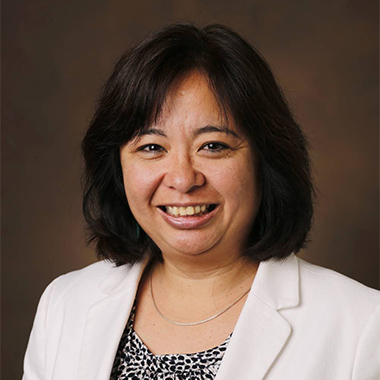Studies have suggested that the marked increase in opioid prescriptions for adults corresponds with a parallel rise among children. A new study, published in Pediatrics, looks at the prevalence of opioid prescriptions for children without severe conditions and the potential adverse effects. Cecilia P. Chung, M.D., assistant professor of medicine in the Division of Rheumatology at Vanderbilt University Medical Center, is lead author.1
“Previous discussions of pediatric opioid prescriptions focused on pain related to major chronic diseases like cancer or sickle cell anemia, surgical procedures or other severe conditions,” Chung explained. “We wanted to find out about the prevalence and consequences of outpatient opioid prescribing for less serious and more common conditions in children.”
Retrospective Analysis Using Medicaid Data
The retrospective cohort study of Medicaid data from 1999-2014 included Tennessee children and adolescents aged 2 to 17 without major chronic diseases, prolonged hospitalization, institutional residence or evidence of a substance use disorder. Medicaid records were linked to computerized death certificates and an “all payers” hospital discharge database. The combined data allowed Chung and colleagues to define a large population of children and identify both prescriptions for opioids and potential adverse effects.
The study excluded parenteral opioids, buprenorphine and preparations specifically formulated for cough or diarrhea. The dose (milligrams per kilograms per day) for each opioid prescription was estimated by converting the dispensed dose to morphine equivalents, then calculating the milligrams per day from the prescription days of supply. Because the Medicaid data did not include weight, the researchers used age- and sex-specific growth charts from the Centers for Disease Control and Prevention to estimate each child’s weight at prescription.
Outpatient Opioid Prescription Prevalence
In the first phase of the study, Chung and colleagues determined the annual prevalence of outpatient opioid prescriptions for children and adolescents. There were 1,362,503 prescriptions, with an annual mean prevalence of 15 percent.
“Children without severe conditions frequently filled outpatient opioid prescriptions for acute, self-limited conditions. We were stunned by that information, so we decided to dig deeper.”
The most common opioid indications were dental procedures (31.1 percent of prescriptions), outpatient procedure and/or surgery (25.1 percent), trauma (18.1 percent) and infections (16.5 percent). “Children without severe conditions frequently filled outpatient opioid prescriptions for acute, self-limited conditions,” Chung said. “We were stunned by that information, so we decided to dig deeper.”
The second phase of the study looked at incidence of opioid-related adverse events, defined as an emergency department visit, hospitalization or death related to opioid-related adverse events. Researchers confirmed 437 cases. The cumulative incidence of opioid-related adverse events was 38.3 of 100,000 prescriptions. Adverse events increased with age and higher opioid usage. “Most of these events were related to the child’s prescription,” Chung said. “71.2 percent had no documented deviation from the prescribed opioid amount.”
Most Commonly Prescribed Opioids in Children
The most commonly prescribed individual opioids were hydrocodone (42.1 percent of prescriptions), codeine (40.2 percent), meperidine (5.2 percent), oxycodone (4.6 percent) and tramadol (2.9 percent). Meperidine was prescribed more frequently for children 2 to 5 years of age (10.8 percent of prescriptions), whereas oxycodone and tramadol were prescribed more frequently for children and adolescents 12 to 17 years of age (8.2 percent and 5.3 percent of prescriptions, respectively).
As a next step, Chung and her team will focus strictly on the adolescent population and compare the incidence of adverse events among frequently prescribed opioids.
Despite calls to reduce the number of opioid prescriptions, the rates are still quite high. According to Chung, “While opioid prescriptions in children appear to have peaked in 2009, the prevalence of opioid prescriptions for children in the study still remained greater than 10 percent in 2014. The frequent prescribing of opioids in this population underscores the need for education regarding alternative opioid-sparing regimens.”





